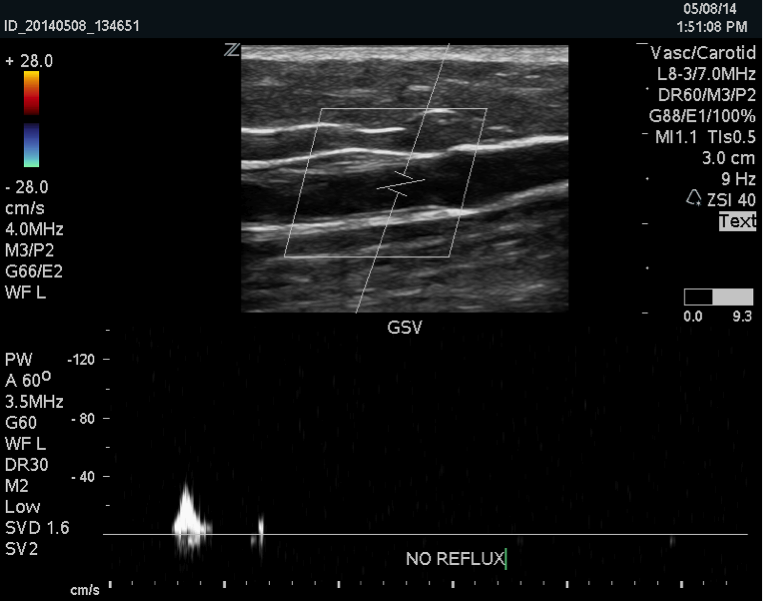13, 5, 2014
Non-surgical Varicose Vein Treatments Mean Quicker Recovery
La Jolla Vein Care2021-11-04T14:21:35-07:0017, 4, 2014
Does Insurance Cover Varicose Vein Removal?
La Jolla Vein Care2014-04-17T15:48:24-07:00Vein procedures are generally a covered benefit by most insurance types (including Medicare) if they are considered medically necessary. Medical necessity requirements varies by the individual policy, but in general the varicose veins must cause symptoms such as leg pain, heaviness, fatigue, aching, restless legs, swelling or skin changes such as darkening of the skin around […]
Non-surgical Varicose Vein Removal
La Jolla Vein Care2021-11-04T13:10:44-07:00Fortunately, Vein stripping surgery is a thing of the past. Modern varicose vein treatments are minimally-invasive with little pain or downtime. There are different non-surgical treatment options offered at La Jolla Vein Care. The advantages of modern non-surgical treatments are that return to normal activities is almost immediate, there is little pain or bruising and […]
25, 3, 2014
What is a Venous Insufficiency / Duplex Ultrasound Test?
La Jolla Vein Care2021-11-04T00:54:25-07:00The Duplex Ultrasound examination, also called a venous insufficiency study allows us to visualize the blood vessels that are not visible to the naked eye, even blood vessels that are deep within the muscles. The ultrasound examination is used to both identify the veins that have faulty valves and to map the anatomy of the […]
New Cosmetic Spider Vein Clinic
La Jolla Vein Care2021-11-04T19:15:57-07:00While the doctors at La Jolla Vein Care are committed to advancing vein care through medicine, education and research (Dr. Bunke just published the 2nd edition of the Vein Book and Dr. Fronek remains an integral part of the American College of Phlebology), we are pleased to offer our new RN/ PA (Registered Nurse/ Physician […]
1, 4, 2013
Asclera® featured on ABC’s The View
La Jolla Vein Care2013-04-01T22:41:14-07:00Asclera® (polidocanol) was featured on ABC’s The View last week as an effective treatment for spider veins. Asclera® (polidocanol) Injection is a prescription medicine that is used in a procedure called sclerotherapy. It is an FDA approved solution to treat spider veins and uncomplicated reticular veins.
Although Asclera® (polidocanol) has only recently made headlines on television, […]
27, 11, 2011
See Our Variety of Compression Stockings
La Jolla Vein Care2021-11-03T22:42:16-07:00Click here to watch our compression stocking video
Compression therapy is available in many styles and colors for both men and women. We have put together this video to show you a few of our many options for compression stockings. It is important to incorporate compression stockings into your lifestyle for optimal leg health. We believe […]
31, 8, 2010
Alleviating Burdens
La Jolla Vein Care2010-08-31T02:38:01-07:00We understand the importance of excellent health care and its impact on healthy living. That’s we’re pleased to announce our new partnership with Scripps Employee Health Insurance and ChaseHealthAdvance. With a new easy-to-use payment option, we’re able to offer this plan to employees and family members of the Scripps Healthcare System. Through this partnership, patients […]
Improving Leg Circulation
La Jolla Vein Care2010-08-09T21:03:25-07:00We receive many inquiries about how the removal of varicose veins might impact circulation. After all, veins are conduits for transferring blood throughout the body. The good news, however, is that the removal of diseased vessels actually improves circulation because varicose veins are a burden on the circulatory system. By treating varicose veins via sclerotherapy, […]





